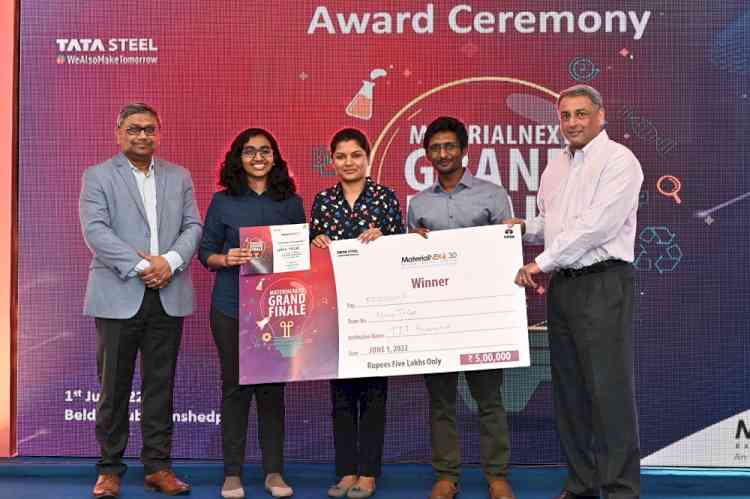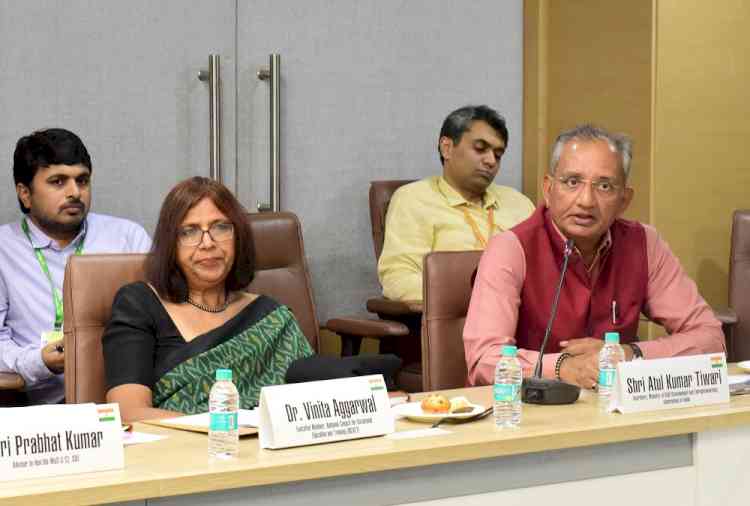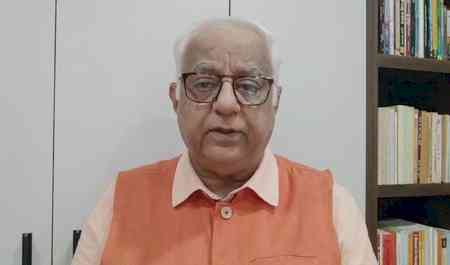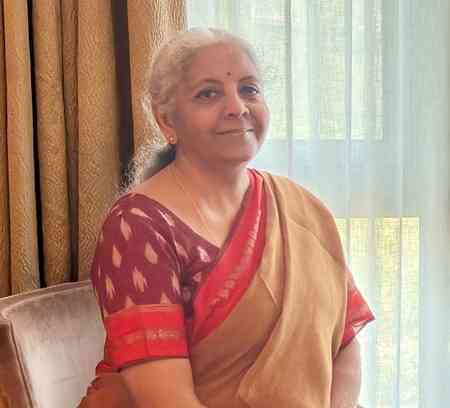Tata Steel announces winner of its open innovation programme MaterialNEXT 3.0
Winning team created Self-powering Sensor to Detect Pre-diabetes in Human Breath

Chandigarh, June 6, 2022: Team ‘Nano Tribe’ of IIT Hyderabad was declared the winner of the third edition of 'Tata Steel MaterialNEXT’ at the Finale held in Jamshedpur on June 1, 2022. The team comprising Sushmitha Veeralingam, Hari Prakash, and Jaladurgam Eshwari, was mentored by Dr Sushmee Badhulika and presented the solution titled ‘self-powering sensor to detect pre-diabetes in human breath’. The winning team received a cash prize of Rs 5 lakh.
Team ‘Materials Engineering lab’ of the Indian Association for the Cultivation of Science (IACS) Kolkata showcased the solution titled ‘facile, high yield and room temperature synthesis process for two-dimensional (2D) materials’ and secured the 1st runner-up slot. The members, Sukhendu Maity and Dr. Krishnendu Sarkar, were mentored by Dr. Praveen Kumar and received a cash prize of Rs 2.5 lakh. Team ‘TCN-IITRPR.’ of IIT Ropar which showcased the solution titled ‘Recovery of pure hydrogen from H2S by greener electrochemical approach’, bagged the 2nd runner-up position. This team, consisting of a member Mukesh Kumar, was mentored by Dr. C N Tharamani and received a cash prize of Rs 1 lakh.
Congratulating all the winners and the finalists, T. V. Narendran, Chief Executive Officer & Managing Director, Tata Steel, said: "Knowledge and Technology have emerged as key enablers for driving value creation and enhancing the geopolitical worth of our country. As India moves forward to become a $10 trillion economy in the next few decades while also realising its net zero ambitions, it is imperative we achieve this in a clean, smart, and innovative way. At Tata Steel, our endeavour has been to tap into the innovation ecosystem that exists outside of the Company, work with scientific establishments, academic institutions, and start-ups to create sustainable solutions and accelerate our journey to becoming a technology leader in the metals and mining space. The breakthrough ideations, initiatives and innovations evolved by the young minds, who participated in the competition, are indeed laudable and offer a glimpse into exciting times ahead.”
On the occasion, Dr. Debashish Bhattacharjee, Vice President, Technology & New Materials Business, Tata Steel, said: "Technological excellence of an organisation does not happen in isolation, it needs a highly capable and supportive ecosystem. Students and academia form the foundation of such an ecosystem of a country. I am happy to see that through this open innovation event, we are able to attract bright young minds guided by talented faculties to come out with bold ideas which can soon become reality. I congratulate the winning team and appreciate the efforts of all the participants of MaterialNEXT 3.0."
The remaining five teams in the top eight, won a cash prize of Rs 25,000 each for demonstrating their innovative solutions and ideas. This edition of MaterialNEXT received registrations from 278 teams, with final 166 active ideas.
The grand finale jury comprised Dr Indranil Chattoraj (Director, CSIR-NML, Jamshedpur), Dr Debashish Bhattacharjee (VP, Technology & New Materials Business, Tata Steel), Peeyush Gupta (VP, Supply Chain, Tata Steel), and Ashish Anupam (MD, Tata Steel Long Products Limited) while other delegates in attendance included Chiefs, Heads, Principal Scientists and researchers of Technology and New Materials Business division.
MaterialNEXT, a flagship pan-India competition organised by Tata Steel Advanced Materials Research Centres (TSAMRC), focuses on nurturing 'open innovation' in emerging domains of materials and their application. MaterialNEXT was launched on December 28, 2018, coinciding with the birthday of Ratan N Tata, Chairman Tata Trusts and Chairman Emeritus Tata Sons.
The third edition looked at innovation in the domains of sustainability and materials. Both these domains had two areas each under them, which further split into multiple sub-areas, in terms of current and future industry relevance. Proposals were invited in these sub-areas through the ‘Research’ or ‘Start-up’ tracks after registration.
While 'Research' track was open to aspiring registered PG and PhD students and research scholars from academia/research centres across India, 'Start-up' allowed incubated startups in seed or Series A funding level to participate. MaterialNEXT 3.0 also had total 4 Theme Areas open to both tracks, viz. Materials Recycle & Recovery, Hydrogen & CO2, Alternate Construction and Nano Materials. Across both the tracks, teams competed for cash prizes, mentorship, and grants for the next level of project development.
The innovation programme consisted of three major phases: Selection, Performance and Finale. After registration, the Selection phase involved a 2-stage process of online screening, followed by a discussion-cum-evaluation stage, conducted by subject matter experts. The selected entries then progressed to the Performance phase, which was adjudicated through an evaluation (Pre-Finale) round, which culminated in the Finale on June 1, 2022.
At Tata Steel, pursuing research in advanced materials is an active process. The work in Nanotechnology started a decade ago. The Company started the Graphene Initiative in 2016, with the opening of the Graphene Centre in Jamshedpur. By 2018, Tata Steel in India embarked on the journey towards becoming a technology leader in steel and materials business with the opening of New Materials Business division, focusing on composites and ceramics. Two Tata Steel Advanced Materials Research Centres were established during FY17, one at Chennai in collaboration with the Indian Institute of Technology, Madras (IITM), and the other at Bengaluru, in collaboration with the Center for Nano and Soft Matter Sciences (CeNS). The objective of these centres is to work closely with academia and other Centers of Expertise to build the portfolio of advanced materials research and its applications.


 City Air News
City Air News 








